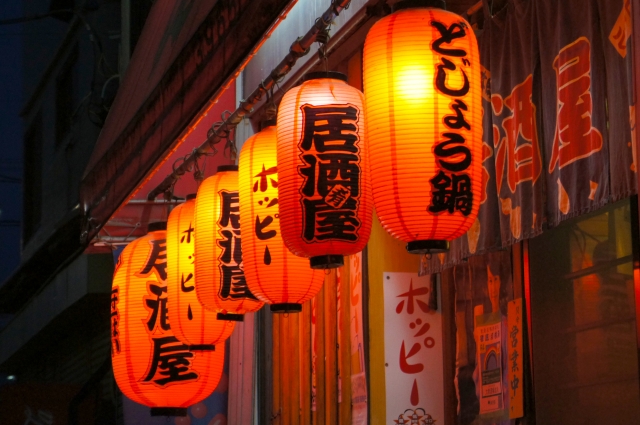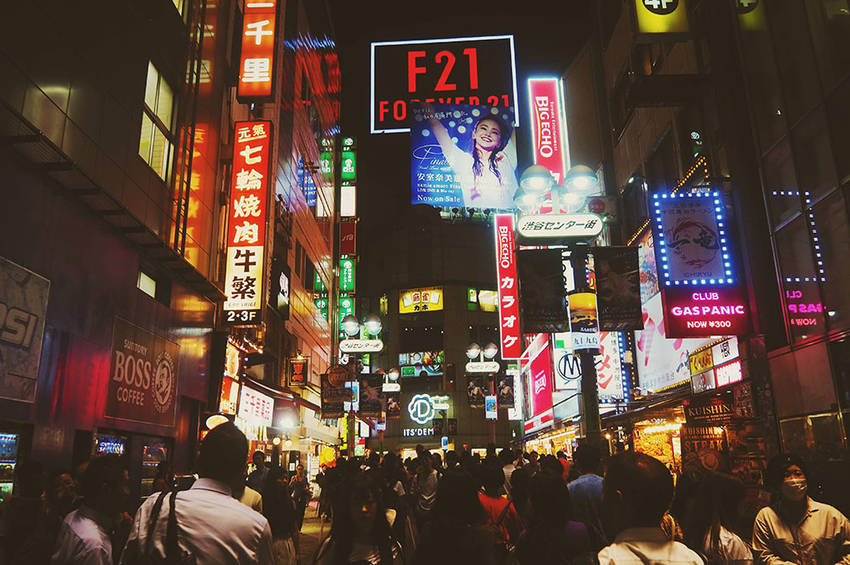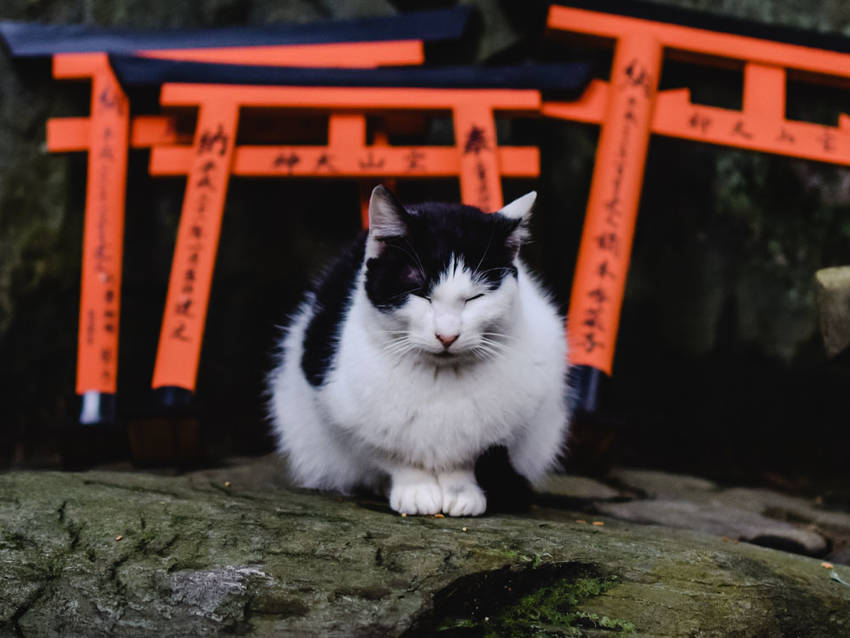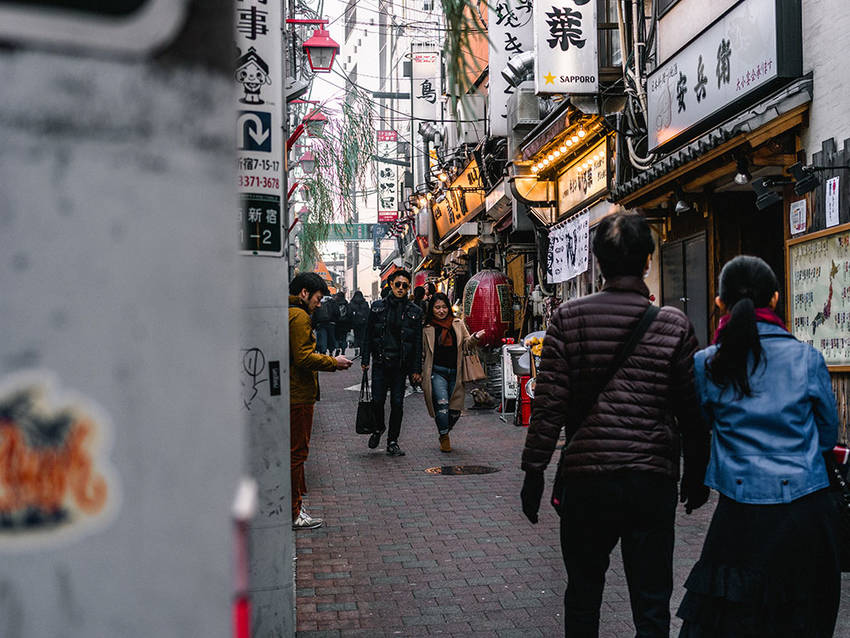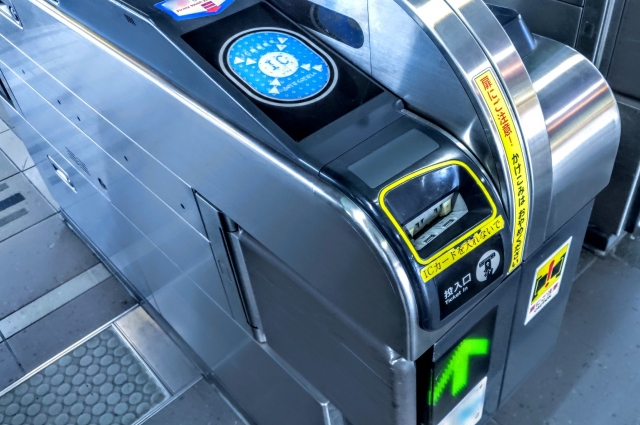今日はネコ好きな人におすすめの島を5つ紹介します。これらの島は、人口よりも猫の数が多い島として有名な島々です。
猫神様が祀られる元祖猫島 田代島
田代島(たしろじま)は、猫神様が祀られる日本の「元祖猫島」として知られる島の1つです。田代島は宮城県の離島で、猫たちが多く生活していることから「猫島」として観光名所となっています。また、田代島は「ひょっこりひょうたん島」のモデルとも言われています。
東京から近い猫島 江ノ島
江ノ島(えのしま)は、東京から比較的近い場所に位置する日本の観光地で、日本の猫島の1つとしても知られています。江ノ島は神奈川県藤沢市にあり、東京都心から電車や車でアクセスがしやすいことから、多くの観光客や地域の人々に親しまれています。
江ノ島は小さな島であり、自然景観や歴史的な遺産、おいしい食べ物、そして猫たちが特徴として挙げられます。島の各所で猫たちを見かけることができ、観光客にとっては癒しのひとときを提供してくれる場所です。
淡水湖に浮かぶ猫島 沖島
日本最大の湖、琵琶湖に浮かぶ最大の島、沖島。沖島は琵琶湖にある島の中で唯一人が住んでいる島で、島には自動車が一台もありません。島へは10便ほどの連絡船が出ていて、10分ほどで渡ることができます。昔から猫が多い島として有名です。
人口より多い猫がいる 青島
愛知県の大洲市にある瀬戸内海の島、青島。2010年に人口が50人を下回った頃から猫の数が人口を上回って、今ではネコ好きの観光客の名所になっています。
青島は、日本の南部にある愛媛県に位置する、長さ約1.6キロの島です。元々は、ネズミに対処するため漁師たちによって連れ込まれたのですが、その後も猫たちは島に残り、繁殖を続けたため、その数はほぼ指数関数的に増加しています。
映画のロケ地 真鍋島
真鍋島は、1984年公開の映画「瀬戸内少年野球団」のロケ地として知られています。戦後の日本、昭和を感じさせる町並みを見ることができる岡山県の瀬戸内海に浮かぶ島です。最近は「猫の島」として知られる真鍋島ですが、ここには野性味ある猫たちとの出会いだけでなく、豊かな自然や懐かしい風景など、知られざる魅力があります。
今回はネコ好きの皆様に日本で有名な猫の名所をご紹介させていただきました。
Islands for Cat Lovers
Today, we’re introducing five islands recommended for cat lovers. These islands are famous for having more cats than population.
Tashirojima, the original cat island with a shrine to a cat god
Tashirojima (Tashiro Island) is one of the islands known as Japan's "original cat islands" where people built a shrine for the cat god. Tashirojima is a remote island in the Miyagi Prefecture and has become a tourist attraction as a "cat island" because of the large number of cats that live there. They also say Tashirojima is the model for "Hyokkori Hyotanjima.
Enoshima, a cat island near Tokyo
Enoshima is a Japanese tourist destination located relatively close to Tokyo, also known as one of Japan's cat islands. Enoshima is in Fujisawa City in the Kanagawa Prefecture. So, it’s easily accessible from central Tokyo by train or car, making it a popular destination for many tourists and residents.
Enoshima is a small island characterized by natural scenery, a historical heritage, delicious food, and cats. Cats can be seen in various parts of the island, providing a healing moment for tourists.
Okishima, a cat island in a freshwater lake
Okishima is the largest island in Lake Biwa, the largest lake in Japan. Okishima is the only inhabited island in Lake Biwa, and there aren’t any cars on the island. There are about ten ferry services to the island, and it takes about 10 minutes to cross over. The island has long been famous for its large number of cats.
Aoshima, an island with more cats than people.
Aoshima, an island in the Seto Inland Sea in the city of Ozu, Aichi Prefecture, is now a popular destination for cat-loving tourists. Especially since the number of cats now outnumbers the human population since 2010, when the population dropped below 50.
Aoshima is 1.6 kilometers long and is located in the Ehime Prefecture in southern Japan. Originally, fishermen brought cats to the island to deal with the rats, but the cats remain and continue to breed on the island today. And the cat population numbers have increased almost exponentially.
Manabe Island, the movie location
Many people know Manabe Island best as the filming location for the movie Setouchi Shonen Yakyu-dan (Setouchi Boys' Baseball Team, in English), that came out in 1984. The island is located in the Seto Inland Sea in the Okayama Prefecture, where you can see the townscape that evokes postwar Japan and the Showa period. Recently, Manabe Island has been known as "Cat Island," but here you won’t only encounter wild cats, but also find undiscovered attractions like rich nature and nostalgic scenery.
We hope all of our cat lovers enjoy some of the most famous cat spots in Japan.
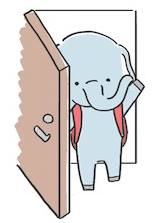
sign up for the Japanese-Online Newsletter
__..-・**・-..__..-・**・-.._ あいうえお かきくけこ さしすせそ たちつてと なにぬねの はひふへほ まみむめも やいゆえよ らりるれろ わゐうゑを ん __..-・**・-..__..-・**・-.._
#JapaneseOnline #LearningJapanese #FreeJapaneseLessons #JapaneseVideoLearning #JapaneseAnime #Anime #JapaneseFood #Bloguru

